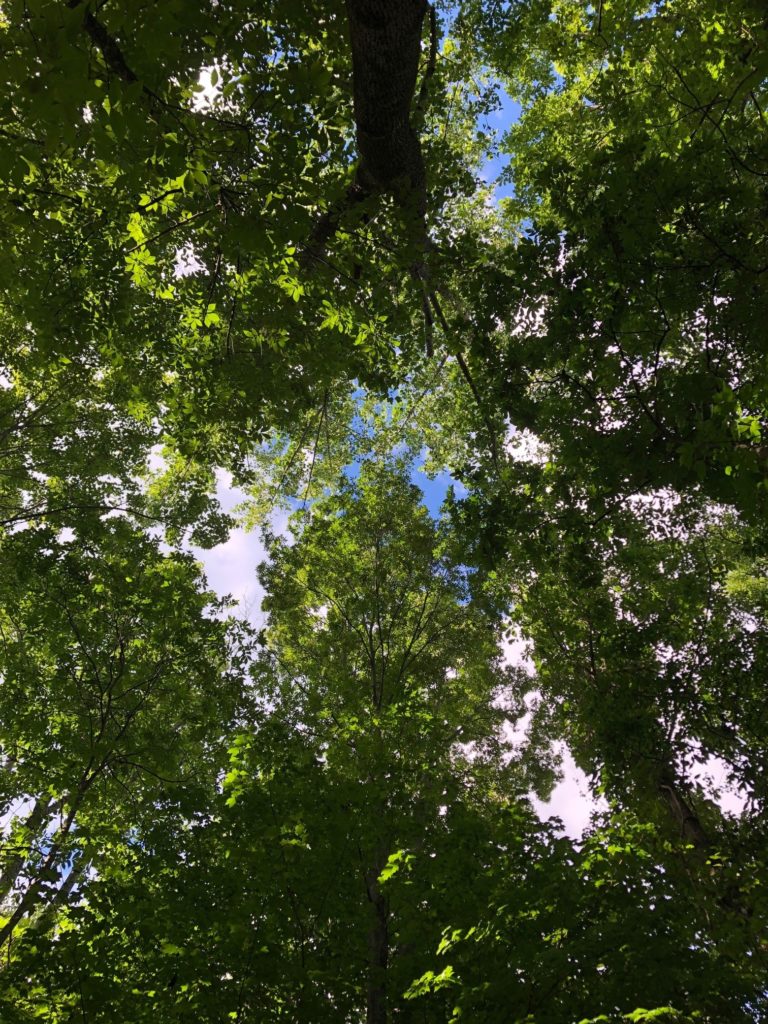Circular Bioeconomy Systems
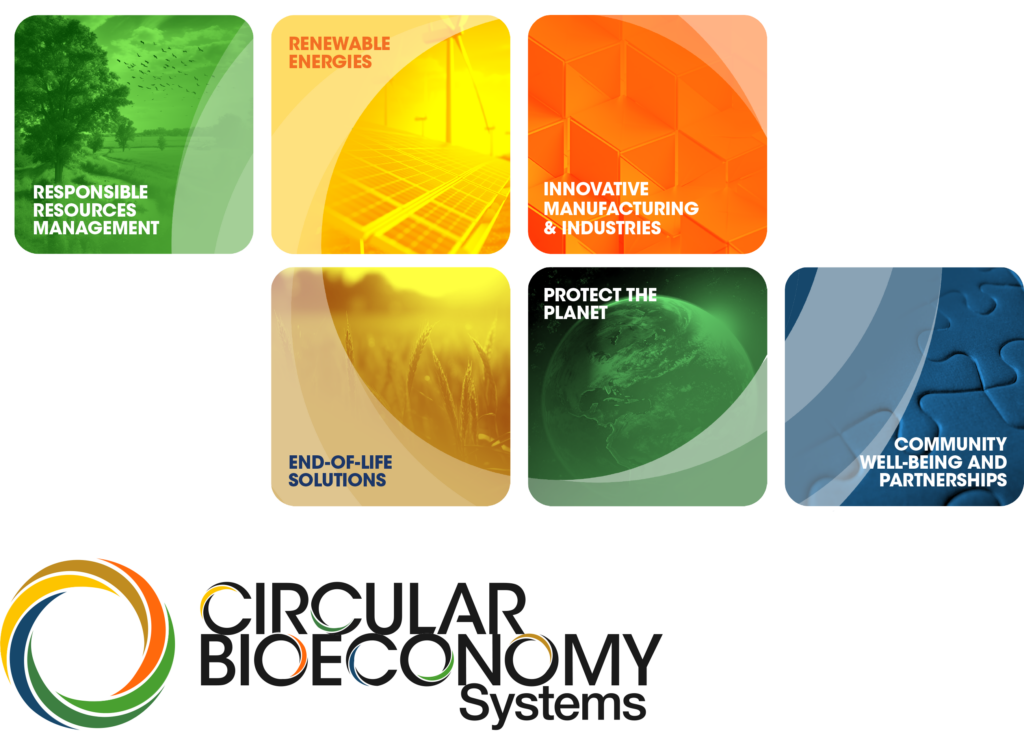
The CRC is also partnering with HudsonAlpha and other researchers to lead a NSF development engine titled, Greening the Southeast, with the goal of using locally grown grasses to create new building materials and consumer goods. This project aims to create new jobs and income from marginal farmland, improve carbon sequestration and domestic supply chains, and decarbonize industries.
CBS will provide the food, fiber and fuel needs for humanity, while staying within the boundaries of healthy ecosystems. UTIA’s partnerships with UTK and ORNL scientists will lead the way to a better future for all citizens of TN, the US, and the world. The Center for Renewable Carbon (CRC) at UTIA and partners have been and will continue to lead the way to CBS.
The CRC is helping lead a new University of Tennessee-Oak Ridge Innovation Institute circular bioeconomy systems Convergent Research Initiative (CRI) beginning in 2024. Over the next five years, UT and Oak Ridge National Laboratory (ORNL) will invest $20 million to accelerate world-leading innovation and establish UT and ORNL as national leaders in this important joint area of research.
There is an urgent need to address the overuse of our limited natural resources currently leading to biodiversity loss, food and water scarcity, and climate changes, among many impacts. Since the Industrial Revolution, human innovation has led to amazing discoveries; however, many of these technological developments have worked in a very linear fashion – taking, using, and disposing of resources in a way that we now know is unsustainable. As researchers and stewards of natural resources, the University of Tennessee Institute of Agriculture understands that nature works in cycles and is poised to be a leader in the development of Circular Bioeconomy Systems (CBS). Circular Economy (CE) is in many ways not a new concept in its focus on maximizing materials use and reducing waste; however, CBS goes beyond CE with a system of systems emphasis on shifting from carbon-intense products to lower carbon alternatives in the following ways:
- Responsible management of natural resources
- Renewable, clean energy systems
- Innovative manufacturing systems that lead to sustainable industries
- Products designed with responsible, end-of-life solutions
- Protecting the planet by addressing agricultural factors involved in climate change
- Meeting all of these goals through partnerships with a focus on community well-being
Addressing Environmental Issues with Novel Nanocellulose Applications
Pollution in water, air and soil continues to be an urgent global environmental concern. Researchers in the Wang lab have developed ultralight carbon aerogel from nanocellulose as a highly selective oil absorption material. Aerogel from nanocellulose can be used to capture CO2 and remove heavy metals. We also explored biological toxicity of cellulose nanocrystals (CNCs). More recently we have developed a novel method for fabricating an electrospun polyvinyl alcohol/cellulose nanocrystals composite nanofibrous filter with low air resistance for high-efficiency filtration of particulate matter with repetitive usage capability.
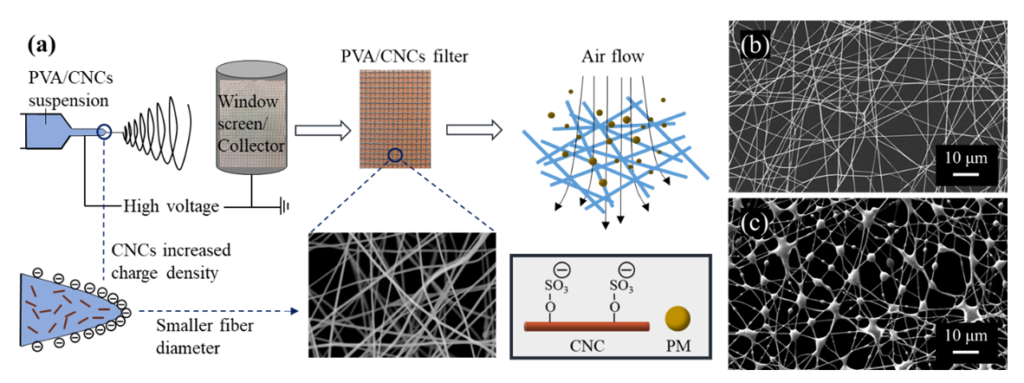
Totally-Chlorine Free Green Technology to Isolate Nanocellulose
Nanocellulose has been researched widely due to its high crystallinity, high mechanical strength, and reinforcing capabilities which make it appealing for generating bio-derived materials and polymers. One key step in obtaining nanocellulose is the isolation of cellulose via pulping (breakdown of a biomass’s intercellular lignin glue) and bleaching (brightening of pulp by the removal of lignin). Bleaching typically involves chlorine, which can generate organochlorines that accumulate in the environment and food chain. Therefore, reducing or removing the use of chlorine in the pulping and bleaching process for nanocellulose isolation would be very beneficial. In this project, the Li lab will use a totally chlorine-free method to isolate nanocellulose from four different plant sources—pine, poplar, switchgrass, and hemp, representing softwood, hardwood, monocots, and dicots, respectively. The geometry and physicochemical properties of isolated nanocellulose will be fully characterized. A commonly used sodium chlorite method will be used as a reference method. The project will (1) establish a fundamental process-structure-properties relationship and knowledge of nanocellulose for the biorefinery field, and (2) provide the paper and pulping industry with an alternative to chlorine-based method to reduce aqueous pollution.

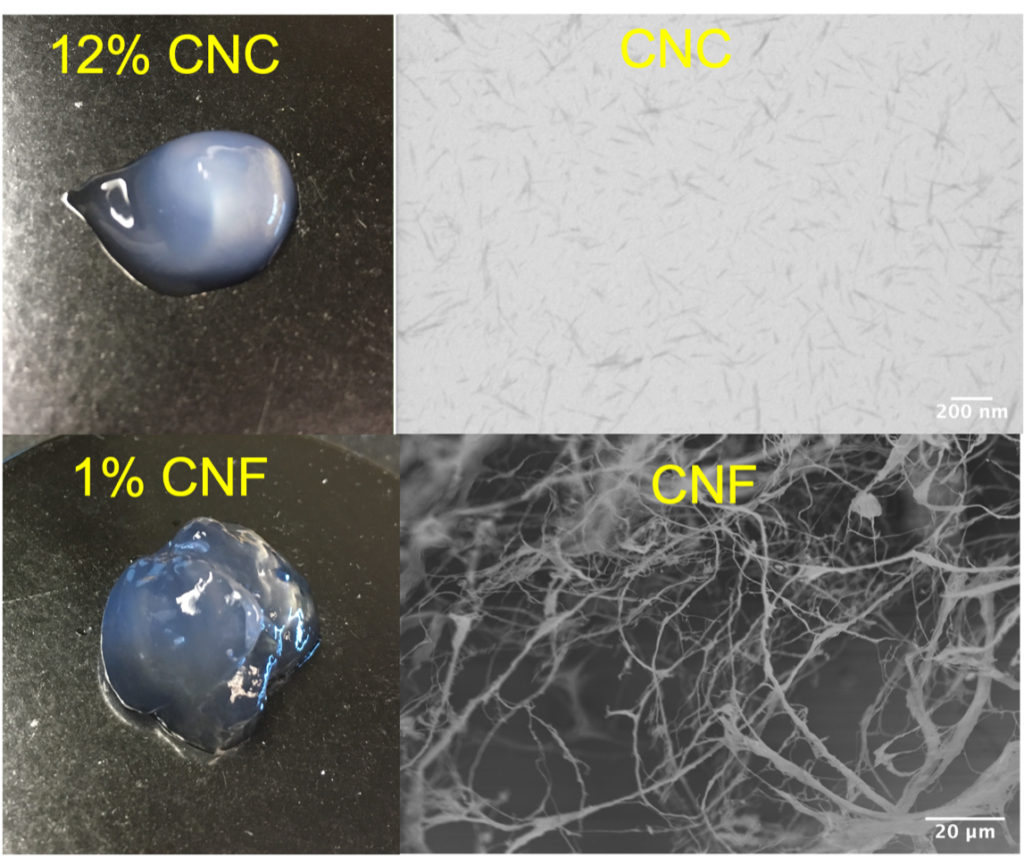
Climate Smart Forestry
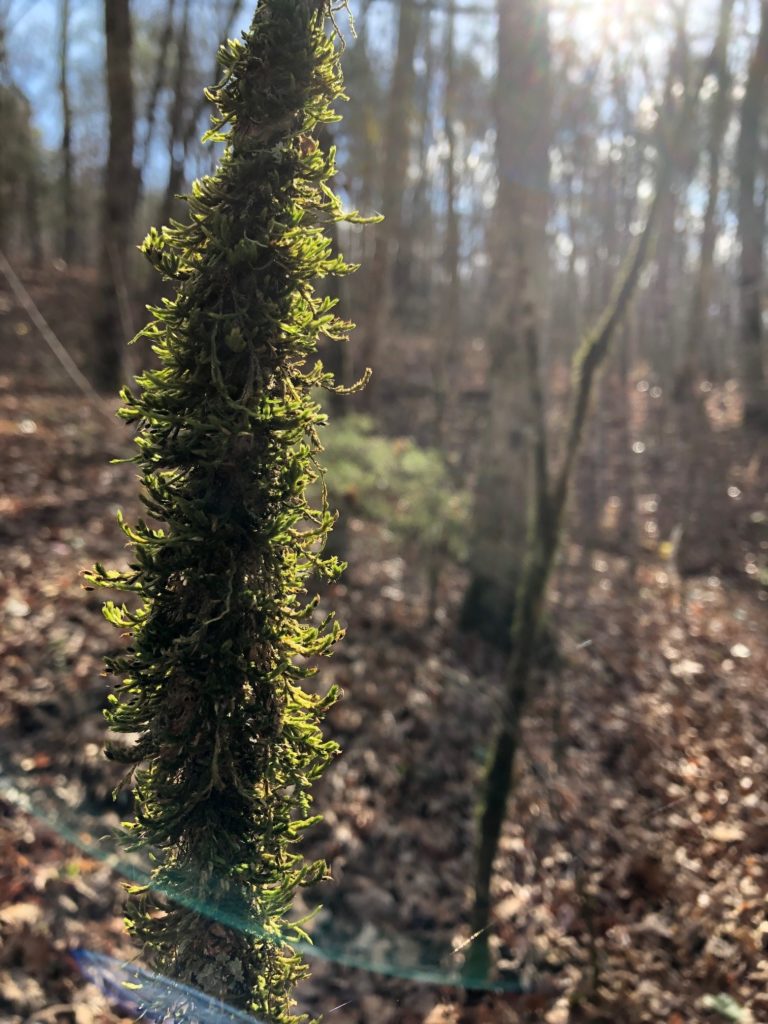
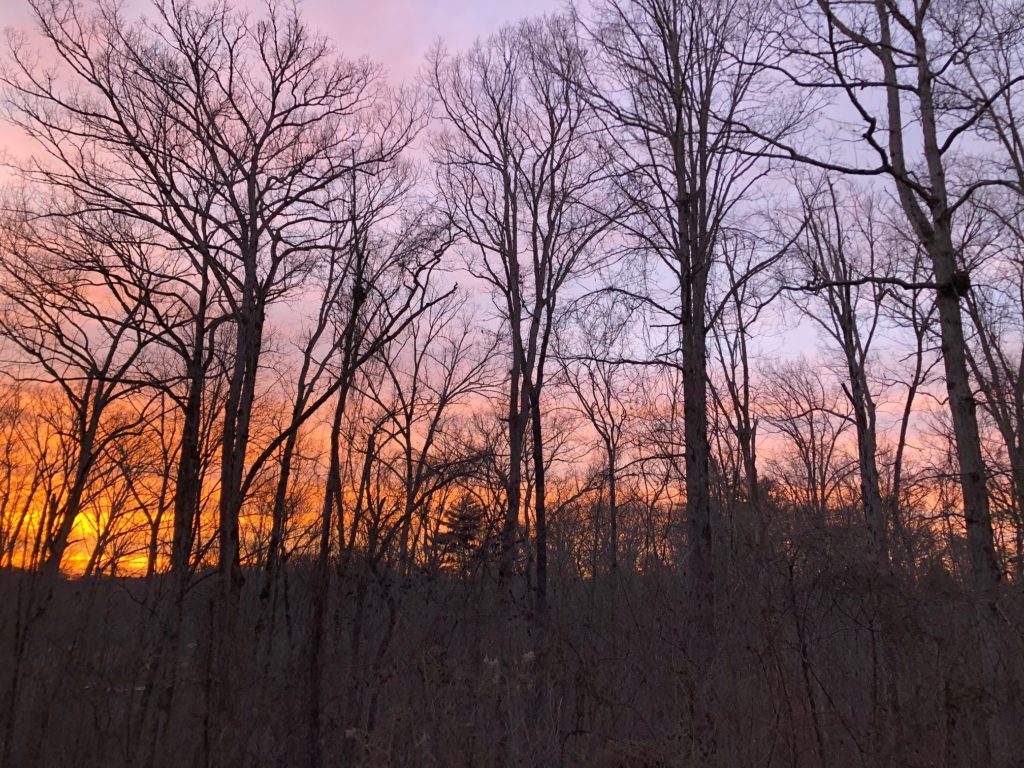
As part of the global effort to mitigate climate change, attention is increasingly directed to the earth’s forests, which are simultaneously large carbon sinks, and sources of renewable products vital to society. The growth of standing trees in forests is now being sold as an ‘offset’ to carbon pollution from other sources. Unfortunately, this has the potential to discourage the production of harvested wood products, which are in increasing demand and provide alternatives to fossil fuel-intensive materials. The concept of Climate Smart Forestry explicitly recognizes the multiple functions of forests, including as carbon sinks and sources of carbon-saving wood products.
Forest researchers in Finland are leaders in forest accounting techniques that consider carbon in both forests (ecosphere) and in the products they provide to society (technosphere). They have developed tools for quantifying the dynamics of Climate Smart Forestry and have applied these tools in several case studies in boreal forest regions.
The United States is the world’s largest producer of wood products, which come from natural and plantation temperate-region forests. These forests are very different from the boreal regions of Finland, and so is the nature of the US forest land ownership (regional zones of private and public) and the forest industry (non-integrated).
Additionally, the US has a rapidly growing market in forestland-based carbon offsets. These offset programs emphasize the value of forest (ecosystem) carbon over products (technosphere) carbon. Therefore, there is an urgent need to evaluate the holistic impacts of these programs on the potential for Climate Smart Forestry in the US. Combining the latest Finnish techniques in forest carbon accounting with the specifics of the forests and forest industry in the US will aid in meeting this goal. Educational courses on the holistic dynamics of forest carbon are vital for guiding future policy makers and resource managers.
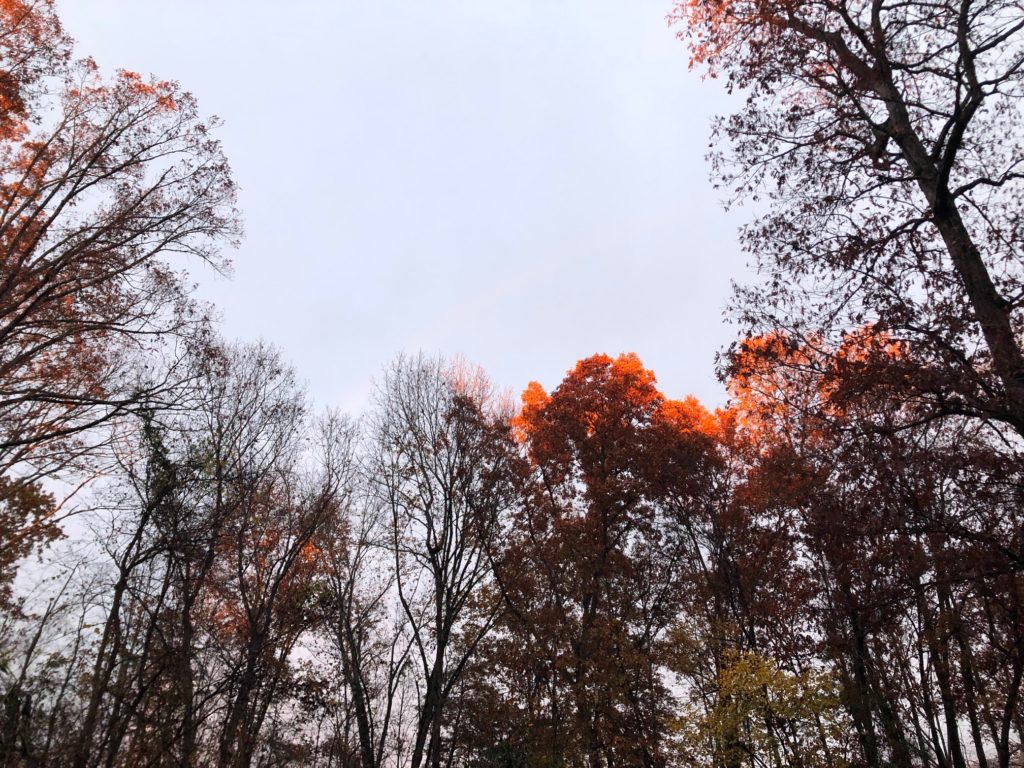
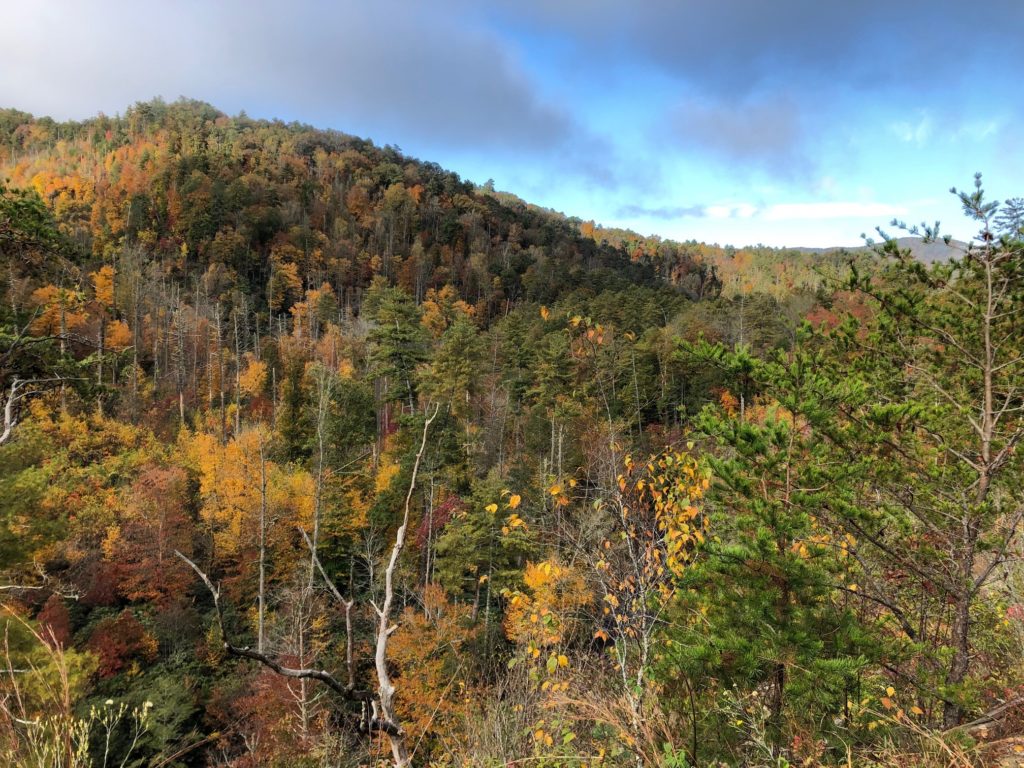
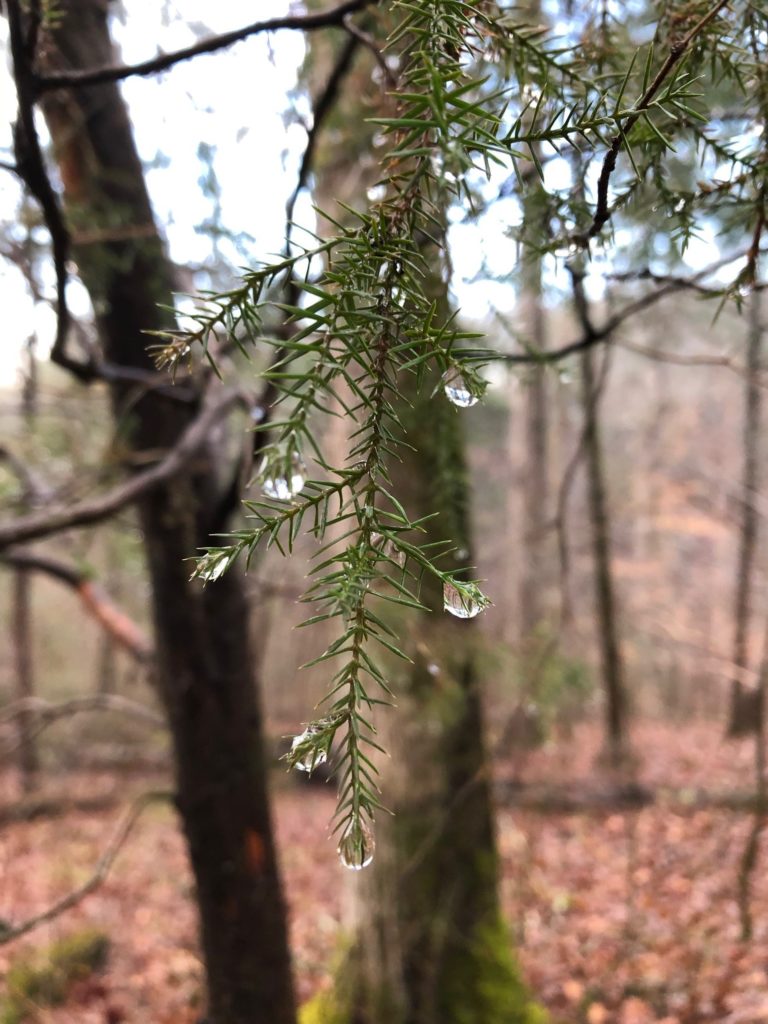
Research
CRC faculty member Adam Taylor will soon be traveling to Finland for a 6-month long Fulbright-Saastamoinen Foundation Grant in Health and Environmental Sciences. At the University of Eastern Finland European Forest Institute in Joensuu, Taylor will focus on research adapting Finnish forestry techniques to the US context. The research will include calculating the carbon price that would inhibit harvest in the US, using the methods of Pukkala (2020), with adjustments for the forest dynamics and forest products markets in the US. This type of analysis is greatly affected by the assumed substitution factors for wood products – the carbon benefit of using a wood product in place of a non-wood alternative. Because of this, the methods of Seppala et al. (2019) will be used to calculate the substitution factors for wood products that would justify the disturbance to the forest carbon stocks in the US. This will require adjustments for forest carbon dynamics and forest products supply chains in the US.
Teaching
During the fellowship, in addition to the research project, Taylor will have the opportunity to use his many years of instruction and Extension experience to develop a course: From Forests to 2×4’s: Counting Carbon in Climate Smart Forestry. The opportunity to collaborate with Finnish instructors and students will be very valuable in order to learn about their relevant courses and work out ideas for this new curriculum to cover the state of the forests and forest carbon policies in the United States.
